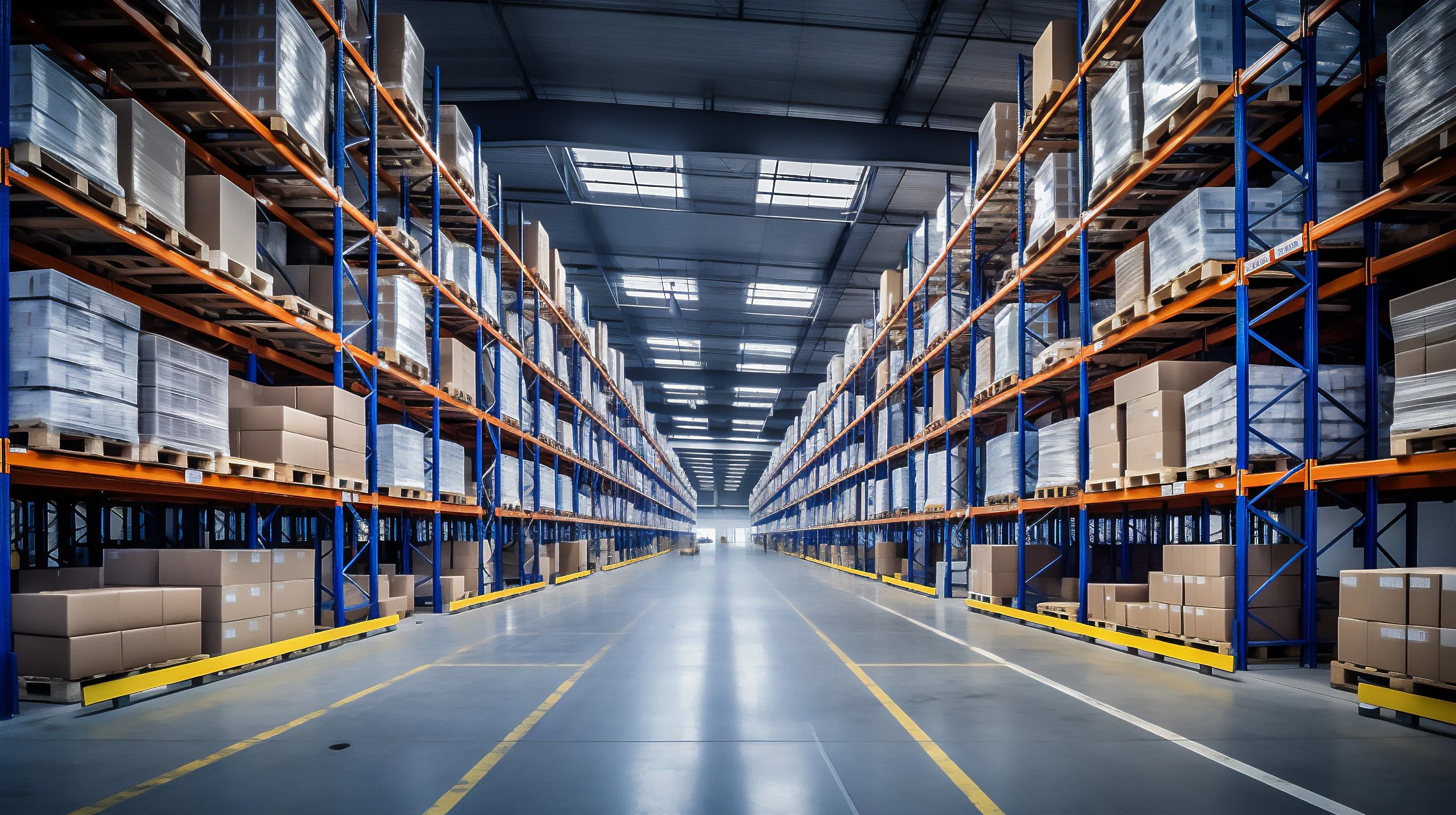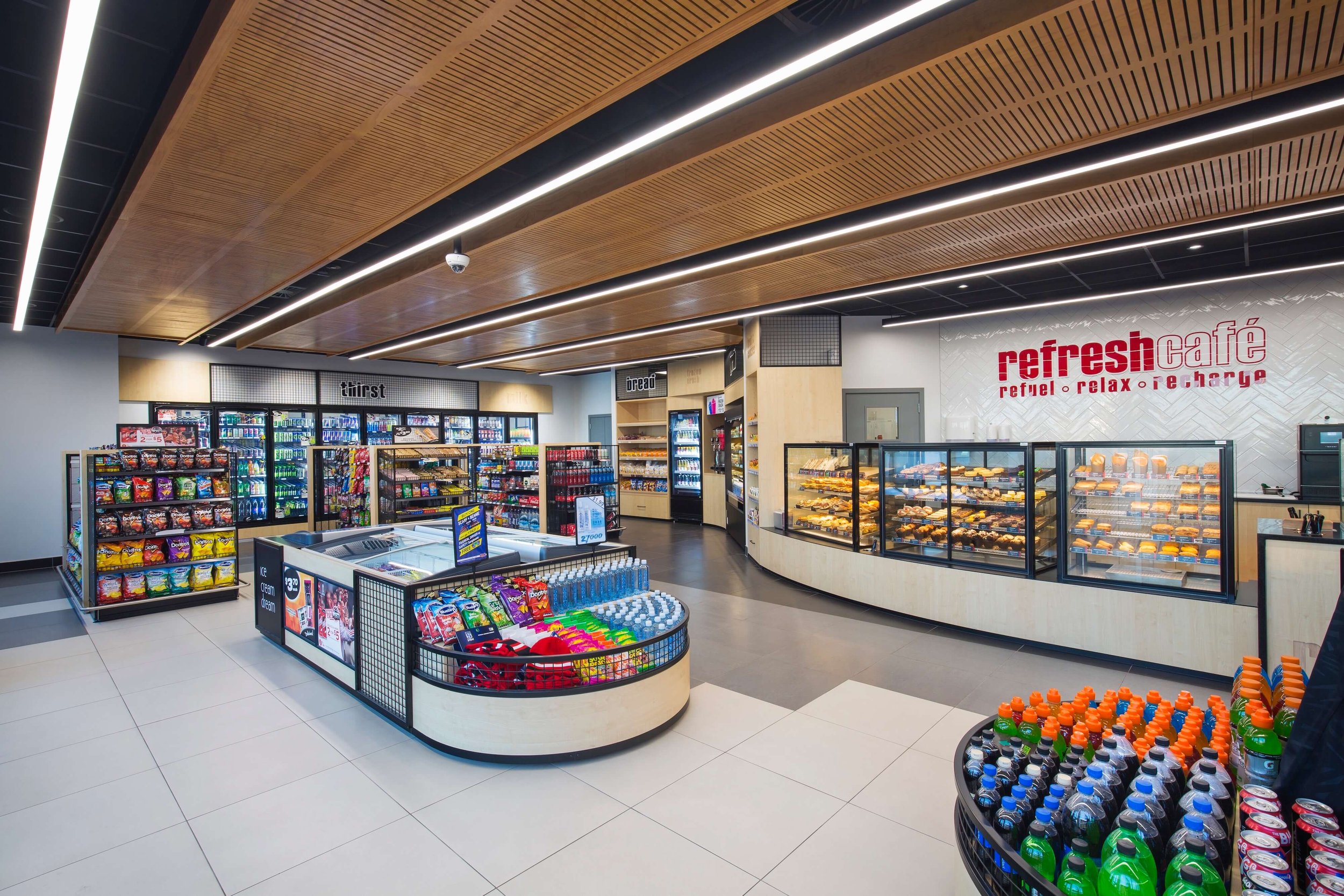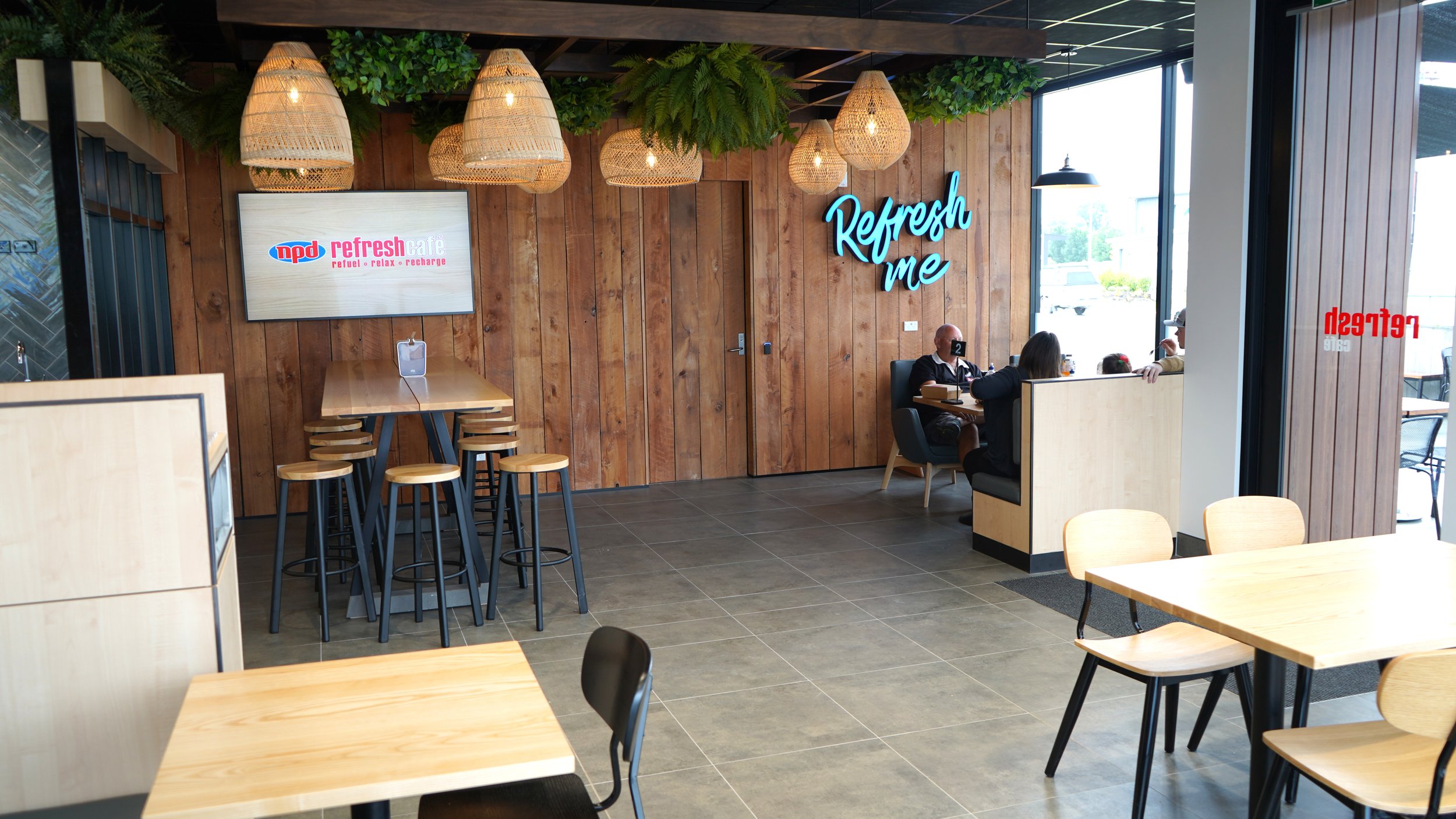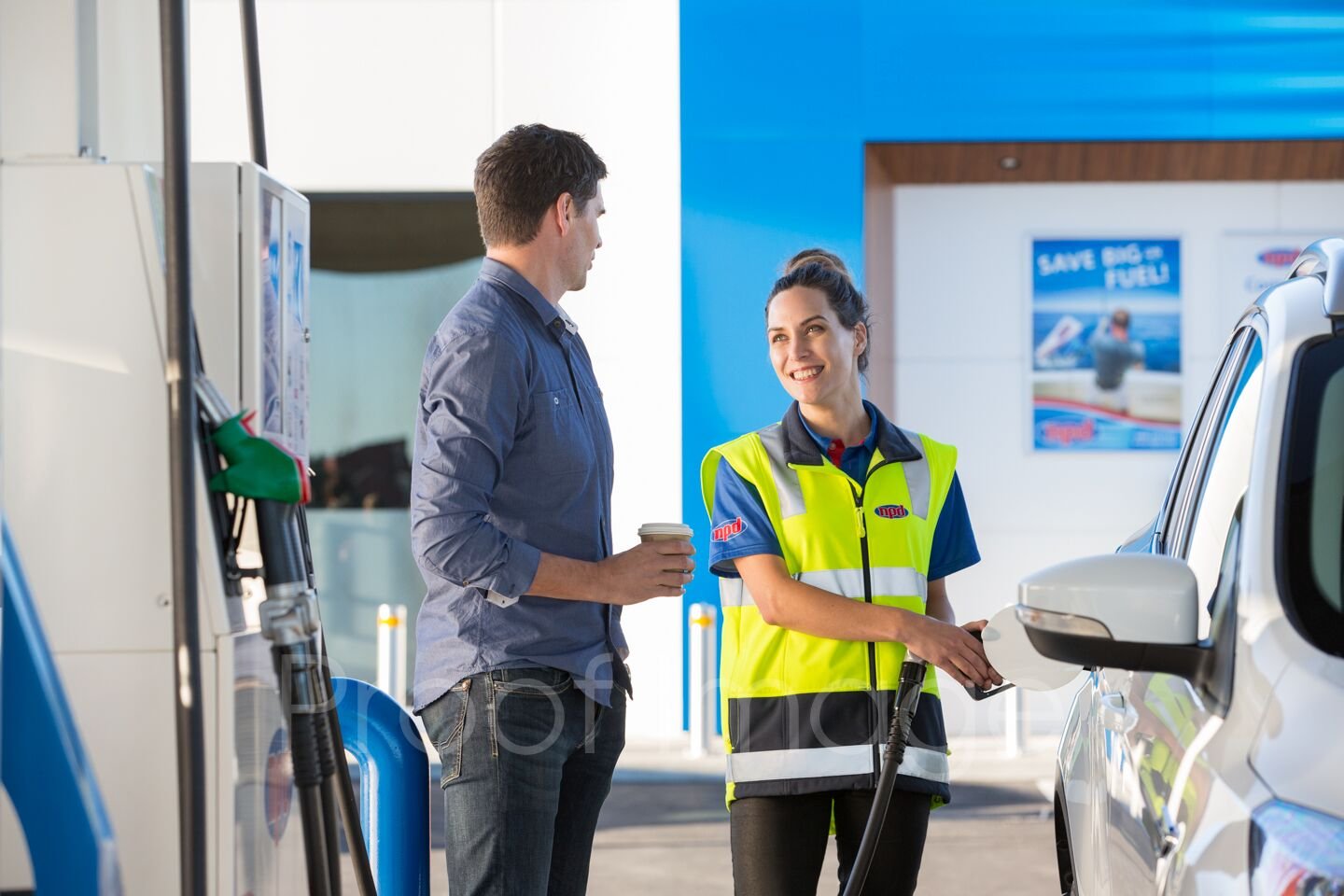As more customer journeys begin on mobile apps or online, and consumers increasingly demand digital convenience within the c-store, the ability to convert fleeting transactions into enduring relationships will rely heavily on unified experiences across channels.
Today every fuel and convenience retailer is looking at how to deliver seamless and personalised experiences at the forecourt, in the c-store and out-and-about on mobile apps.
That is introducing more complexity into the business, with sales channels becoming less physical and more digital.
To connect physical and digital channels and create the hybrid omnichannel experiences consumers now expect, fuel retailers are investing in unified commerce technology.
They know that working with the right people and the right technologies will make the ideation and running of experiments through to planning, design, implementation and roll-out of their customer experience a whole lot easier.
If you’re evaluating new point of sale and retail systems, here are the four important requirements for a fuel technology provider:
1. Expertise across retail, not just fuel and convenience
You’ll want a mature retail platform that supports fuel and convenience, rather than a narrow, fuel-specific site system.
A partner with experience in highly competitive retail industries like fashion retail will have expertise in disrupting the customer experience, with APIs and a retail ecosystem few can match.
They’ll bring best practice ideas and capabilities from other retail sectors - not just fuel & convenience retail – and have POS omnichannel expertise distilled into all the essential modules you need to deliver seamless and differentiating experiences in every channel.
And with all the core fuel features you need out-of-the-box - plus localised functionality and the ability to customise – you’ll achieve a faster return on investment.
2. Real-world customer experience
A strong track record and referenceable customer base means less risk.
You’ll want a partner with recent and proven success in fuel and convenience retail, with a track record of complex, large-scale deployments across multiple stores, multiple formats and multiple geographies.
They’ll need to understand your fast-paced, data-intensive environment where any level of downtime is unacceptable, and have people who can help you plan and implement your projects, so that they deliver now and well into the future.
Their experience in the fuel sector will give them a deep understanding of the trends changing mobility and convenience, and bring you the best of consumer, retail and CX applications and technologies.
3. Broad product capability and innovation mindset
Choose a partner that can give you a holistic portfolio and expansive retail ecosystem
Offering a unified customer experience means unifying all the backend systems that run POS, inventory, ordering, customers and loyalty, pricing and promotions, analytics and fulfilment. You don’t want to be tied to a point player that can only provide segments.
When you choose a partner with a mature platform, they can focus on delivering innovation because the critical functionality you need already exists.
An open architecture and APIs will let you cultivate a modern retail and CX ecosystem that reduces risk and increases flexibility.
And with agile methodologies plus experience working with agile retailers, they’ll have the ability to move to fast and change direction as opportunities develop, competitors act and customer needs evolve.
4. Local and committed to your success
A local partner means you can have more influence on the product roadmap and expect faster turnaround.
Fuel retailers are developing a customer-centric mindset and building new skills and capabilities to compete with new competitors. They recognise the risk that comes with global vendors that have a narrow focus on fuels or an indirect model of engagement and support.
A local business means you can enjoy direct engagement with on-the-ground people focussed on your needs, and not distracted by offshore business activity. With direct access to second and third level support and simple processes, you’ll enjoy leaner, faster support services.
Biggest isn’t always best. A mid-sized company will have fewer layers of bureaucracy, giving them more agility and responsiveness.
It also means that you’ll be an important customer of influence to your partner - they will value your business and work hard for it.
Want help to innovate and scale new services, faster?
Our product and people are supporting award-winning fuel retailers delivering disruptive, world-first customer experiences that build loyalty and grow sales. If you’re experiencing technology challenges that prevent you from unifying your physical and digital channels, get in touch. We’d love to help you digitise your business to create the unified experiences your customers now expect.

























